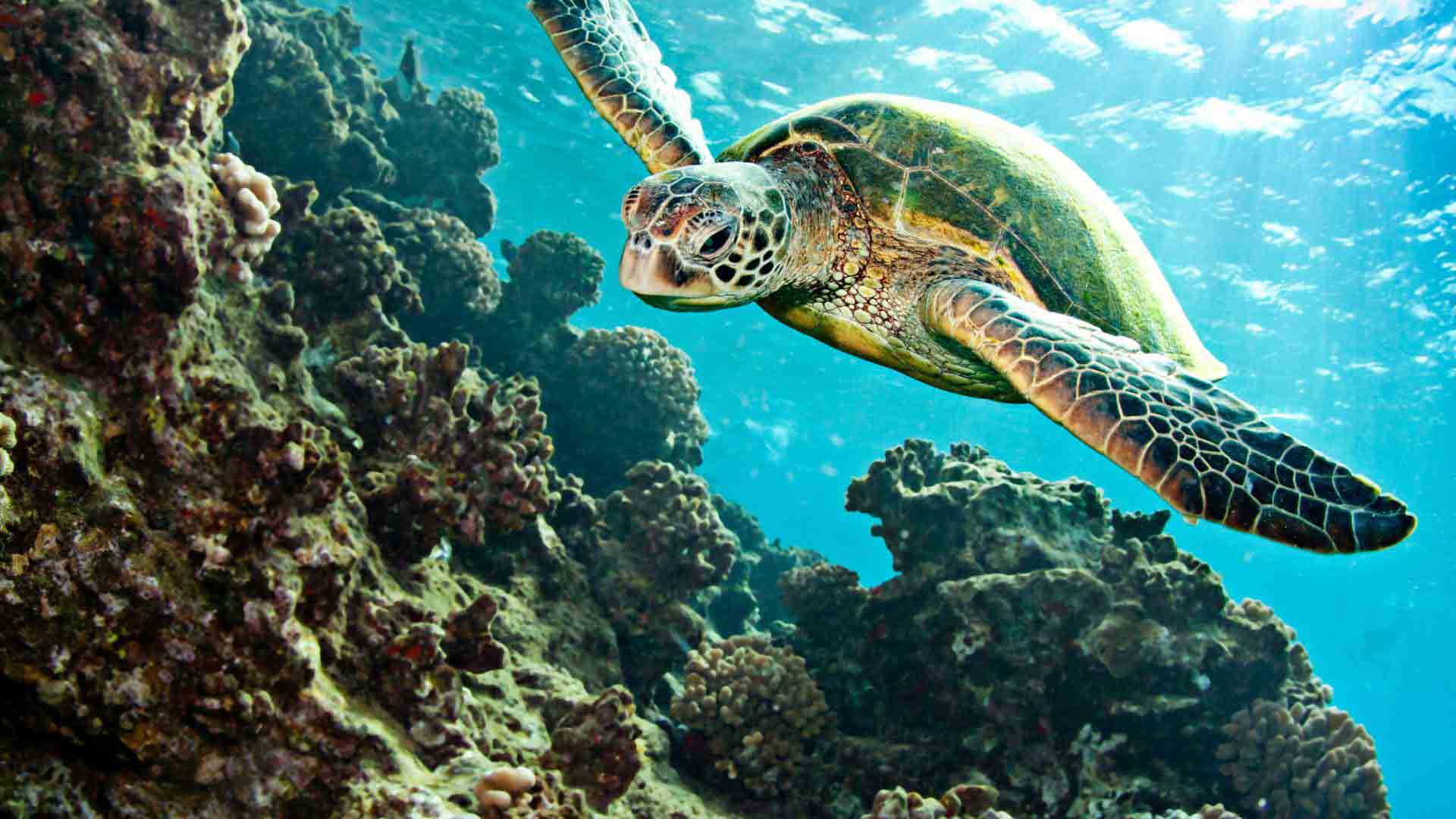Day by day
Map

Preview

Preview

Preview
Cruise Includes
Breakfast, Lunch and Dinner are on tour.
Naturalist Bilingual Guide (English-Spanish).
All the site detailed on the program (may chance due to force majeure)
Snacks after visiting every site.
Unlimited drinking water, tea & coffee.
Airport-Dock, Airport-Itabaca Shuttle Service and vice versa (included only during operational dates).
Cruise does not include
Airfare to and from Galapagos
Galapagos National Park Entrance Fee USD 200, per person
Snorkeling Equipment 5 Days: USD $25, per person – 8 Days: USD $35, per person
Tips, Souvenirs or other expenses.
Itinerary B
From USD 2670,00